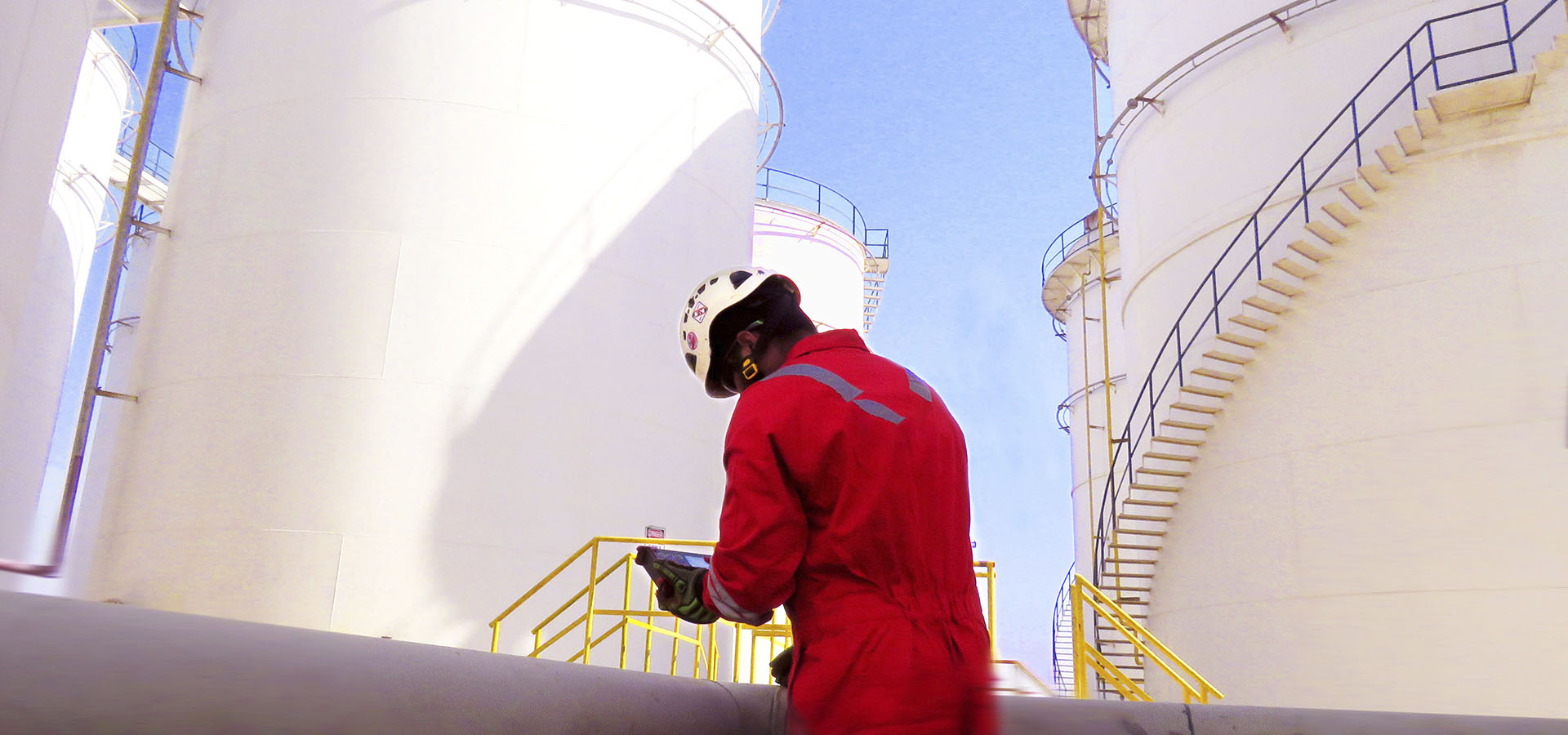An authorized inspector conducts an in-service inspection, also known as an external inspection, which includes a visual inspection of the tank's outer surface. This inspection is typically carried out while the tank is in use or when the interior of the tank is not accessible or accessible for inspection. APEX inspects the tank systems for evidence of leaks, shell distortion, signs of settlement, corrosion, and the condition of coatings, insulation, and appurtenances during the in-service inspection.
An in-service examination is usually performed every five years. Tanks in more corrosive service or under more accelerated corrosive circumstances are inspected more frequently, with the frequency dictated by the corrosion rate and residual metal thickness. While the tank is in operation, external ultrasonic thickness evaluations estimate the pace of uniform general deterioration. APEX INTEGRITY INSPECTIONS can get the essential data for evaluating the state of the tank and the frequency needed for inspections by using a variety of digital thickness gauges and scanners, both manual and robotic. Thickness examinations are typically performed every 15 years; however, API Standard 653, defined by the difference between the measured thickness and the minimum needed thickness, may necessitate a shorter inspection interval. The maximum permitted frequency for in-service thickness testing for new and older tanks with unknown corrosion is five (5) years. The out-of-service tank inspection includes this inspection.
The purpose of a tank examination in line with API 653 is to verify the tank's mechanical integrity and corrosion rate. Following a review of the inspection findings, procedures are taken to minimize the risk of failure and the release of stored products. Another purpose for tank inspection is to ensure safe operation and detect any degradation.





